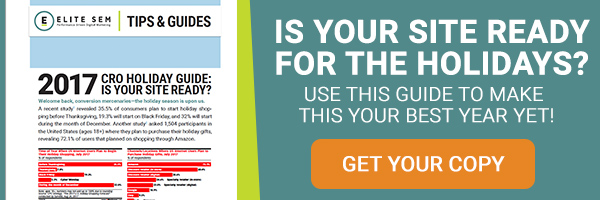Holiday Google Shopping Success: Getting Your Campaigns Ready
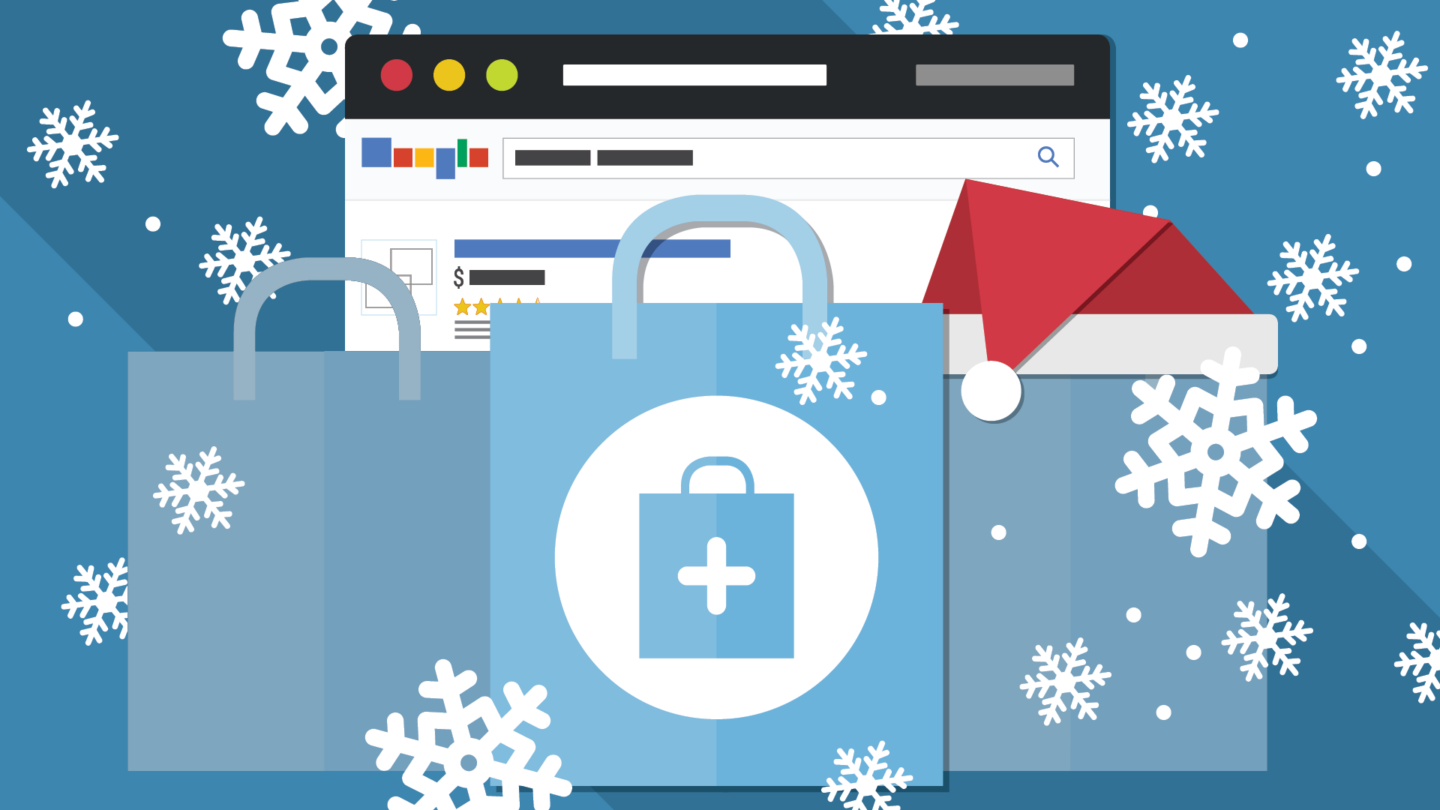
It’s that time of year again. Summer ended, children are back in school, and brands are preparing for the holiday season. Just as it has in previous years, the holiday shopping season planning will start way before the actual holidays arrive. By now, you should already have your holiday season mapped out with a plan of attack ready to execute. This holiday guide will take your shopping campaigns over the top, with key factors to maximize your performance.
This year we can expect even more traffic and revenue from eCommerce sales during the holiday season. eMarketer predicts a 16.6% increase in retail eCommerce sales. This growth is partly due to an increase in mobile traffic and sales and the decline in physical retail sales during the holiday season.
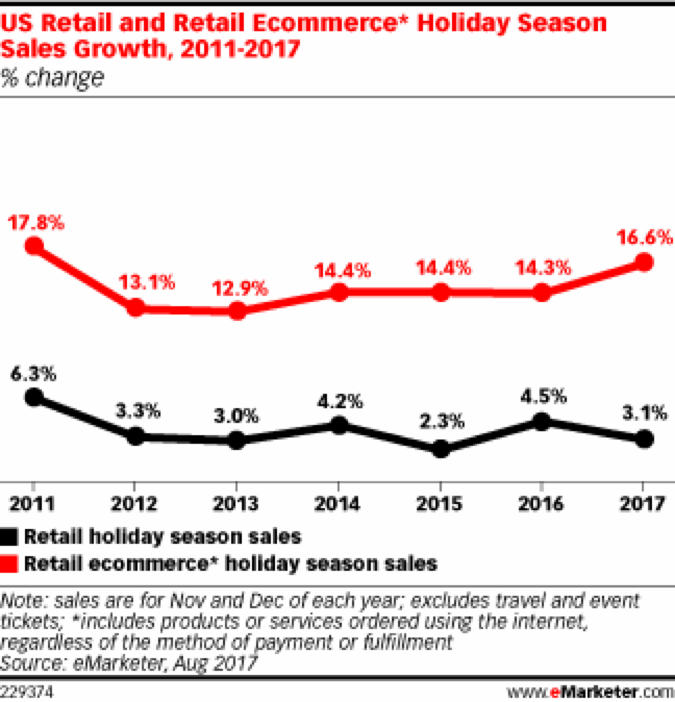
Results during the few short holiday months could make or break annual goals for any ecommerce brand. In any holiday plan, you should note the campaign plans and strategies of other marketing channels that can complement your Shopping campaign. End of October should be the latest that you have your holiday plan finalized. Be aware of your Holiday calendar so not only your shopping campaign runs smoothly, but all marketing channels are in sync and are able to make the most of holiday opportunities.
It’s also important to note who you should include in holiday planning. Every business is different, so identifying your key stakeholders will ensure that you plan and execute your holiday strategy smoothly.
There are a few key pieces to account for when formulating a strategic Google Shopping campaign plan for the holiday season:
Merchant Promotions products stand out over others by highlighting promotional offers. Knowing your Holiday calendar ahead of time lets you submit those Merchant Promotions to GMC earlier. Create your promo ids, schedule your feed updates, and enter each promotion weeks in advance if possible. This will help you avoid rejections and speed up the approval process.
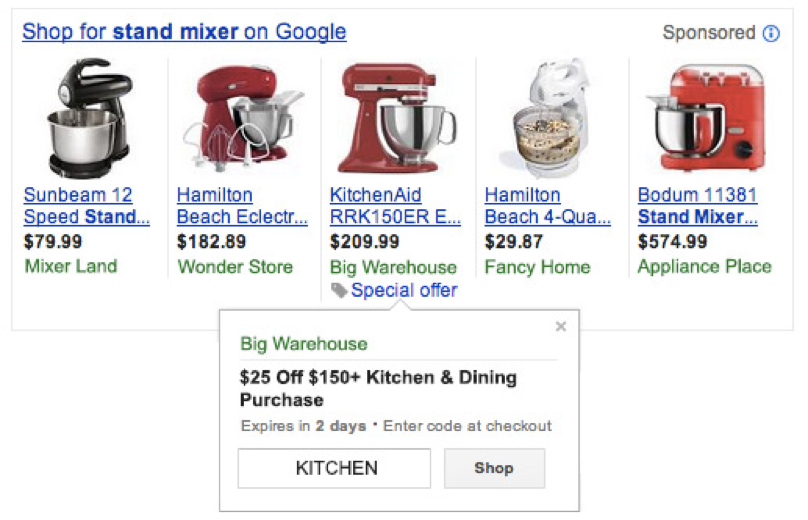
For some brands, it may be necessary to designate a specific budget for brand targeting so you can use the holiday season to increase overall exposure of your brand name. However, proper expectations should be set in cases such as this. Brand awareness campaigns are generally less profitable. If it is necessary to run them during the holiday season, be aware of expected budgets and set realistic KPI expectations.
Another key aspect of a Google Shopping holiday strategy is proper keyword targeting. Run Search Query Reports (SQRs) from last year and during the last holiday season. You may start to see keywords that stand out as top performers during this time of year. Even if you have already completed a list of high-value keywords for your brand, if applicable, building a holiday-specific keyword list may drive even more efficiencies. Build a list of high-value keywords based on terms with substantial traffic and revenue, then determine what keywords you can possibly use in a keyword targeted campaign. With the use of negative keywords and campaign priority levels, you have the ability to target specific keywords in Shopping.
Regardless of your strategy (Brand/Non-Brand, Remarketing, etc.), if your prices aren’t competitive, you will always be one step behind the competition. Google wants to display ads that are most applicable to what users are searching for. For Google Shopping, competitive pricing is a primary tool in being viable within your market. Try reducing the prices of popular products in the weeks leading up to holiday season. Google favors products with competitive pricing among direct competitors. Reducing prices and running promotions sooner in the season will set you apart from competitors waiting for November to come around.
Having a history of less than competitive pricing and aggressive competitors will continue to be detrimental to your overall quality score and lead to Google being less likely to show your product ads. Advertisers that have a strong product feed, competitive prices, and run periodic promotions are given preference by Google. Poor pricing over time leads to a lack of growth in the account and increasingly high CPCs.
As it has in the past, mobile traffic continues to grow and drive additional sales, making it extremely important to develop a solid mobile strategy moving into the holiday season. Shoppers are using their mobile devices more than they have in the past and have come to expect an easy and convenient mobile shopping experience.
Merchants must know that it is imperative to have a great mobile website experience. In addition to site speed, it’s important that your mobile site is easy to navigate, offers convenient checkout capabilities, and has responsive product pages to stay in line with users’ mobile expectations. 53% of mobile site visitors leave a page that takes longer than 3 seconds to load. However, the average time for a mobile landing page to load is 22 seconds. Work with your developers to improve site speed moving into the holiday season to ease mobile users through their journey to purchase.
If your brand has brick and mortar store locations, Local Inventory Ads (LIAs) should be a part of your strategy to drive in-store sales. LIAs not only highlight online inventory, but also show potential customers where they can visit a store nearby. Catch those last-minute shoppers who don’t want to wait for shipping by running LIAs. 80% of consumers are less likely to visit a store when the website does not provide current product inventory data. Shoppers want to know where they can get exactly what they want. If they don’t believe they can find it with you then they will look somewhere else.
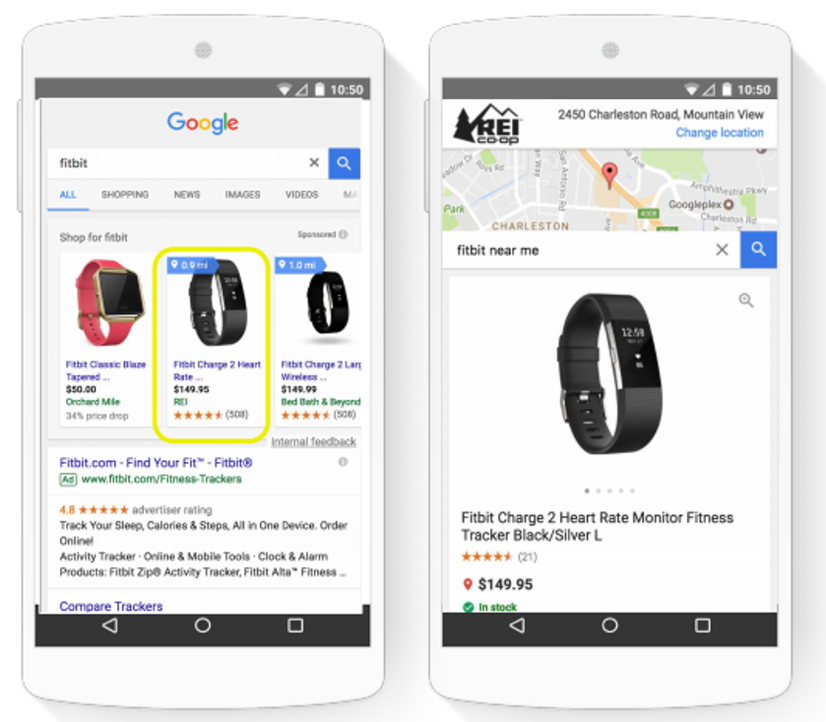
Showcase Ads are a great new offering for shopping campaigns for this season, especially for when searchers are looking up more general terms like “suitcase” or “wallet”. These ads group together a selection of products and present them together as a way to introduce potential customers to your brand or business. With Showcase Ads, we expect to see an increase in qualified clicks through an “immersive” experience. Google will host a page with the merchant’s products. Customer Match, RLSA targeting, and Local Inventory Ads are all eligible to be used with Showcase ads.
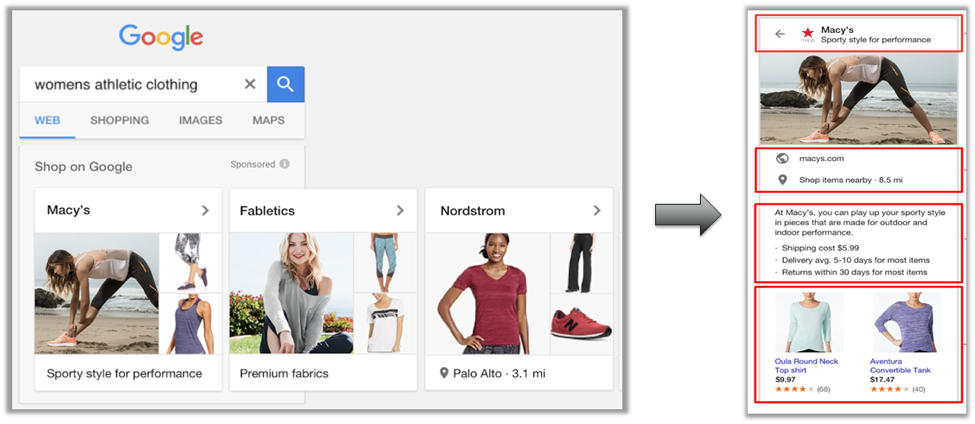
Communication is key! Make sure that you involve other channels when developing holiday strategy. All channels should be aligned with the holiday plan and the brand needs for the season. What is your typical customer journey? Are your customers more active on social platforms? How do new customers find you? Are promotions shown across Paid Search and Paid Social? These are some of many questions to ask yourself and your team before planning your strategy that not only includes Shopping campaigns, but also Search, Paid Social, Display, and other marketing efforts. You may find that running the same promotion across all channels is less effective than running different messaging, promotion, etc. for each channel.
As you finalize your 2017 holiday strategy, keep in mind all of the factors that can and will have an effect on your shopping campaigns. Work with your cross-channel counterparts to develop synergy between channels and get the most out of your holiday season.
The Holiday season requires thorough planning and time set aside to hammer out clear strategies. Utilizing various features from Google Shopping will only get you so far. It’s important to keep your KPIs realistic using previous holiday data. Communication is also key in ensuring your messaging, promotions, and offers are consistent across all channels, not just Shopping. If you keep these things in mind as you enter the Holiday season, your holiday season should be a lot less stressful and much more successful.
